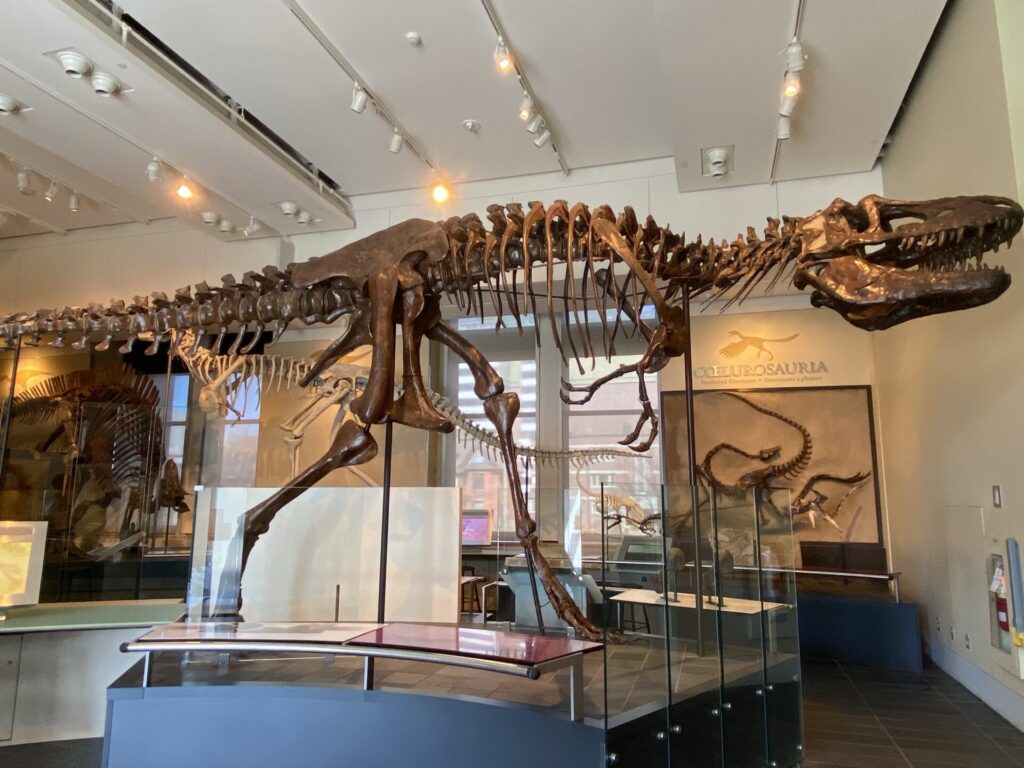Explore the Canadian Museum of Nature, where you can learn about everything from the largest animal in the world (the blue whale) to tiny bugs. The museum has something for people of all ages who will enjoy the immersive experience. Whether you’re keen on marvelling at dinosaurs or want to learn more about biodiversity and conservation efforts, a visit to the museum promises an enriching experience filled with discovery at every turn.
Even the building has a rich history. The museum is in a heritage structure that looks like a castle and that once housed Parliament for four years after the Centre Block was destroyed by a fire in 1916.
Unsure of what you can’t miss seeing at the museum? While there are countless amazing exhibitions and specimens at the Canadian Museum of Nature, here are six highlights you won’t want to miss. (Hot tip: If you’re a CAA Member, you can save 15% on single admission tickets to the Canadian Museum of Nature and 15% off museum memberships).
A giant blue whale skeleton
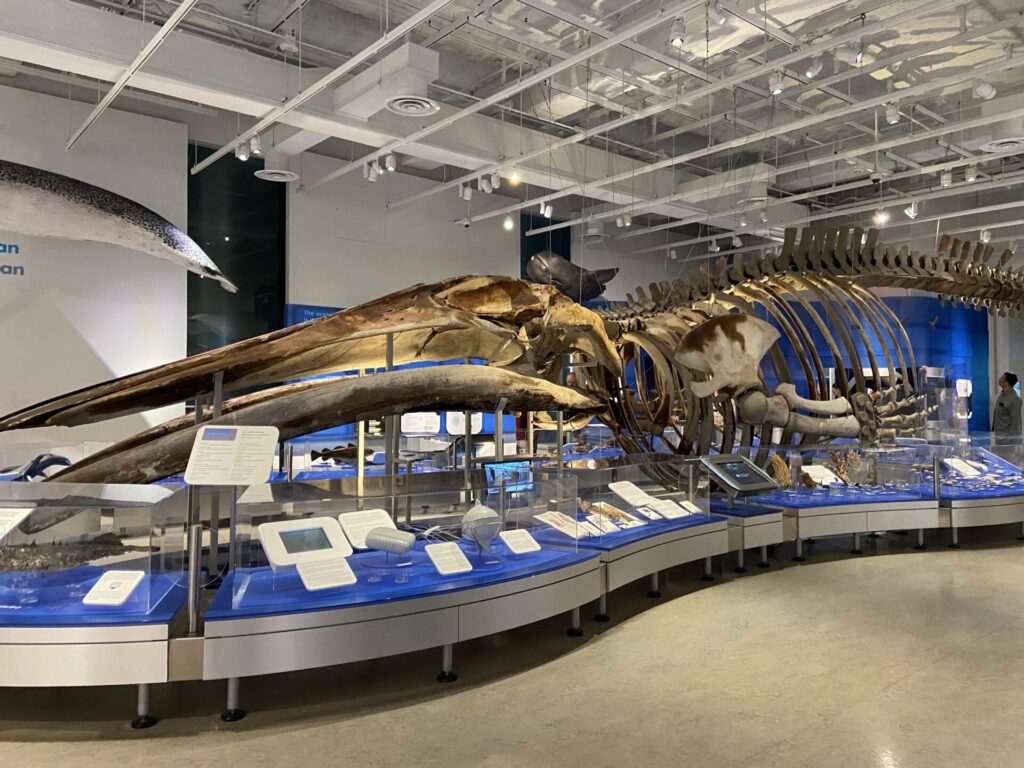
The central focus as you walk into the Water Gallery is a massive skeleton of a blue whale, the world’s largest animal. Soak in the unique experience of getting this close to such a magnificent creature, as it is one of only three of this type of whale on display in Canada. Evidence suggests the whale might have died following a collision with a ship. The skeleton is 19.8 metres long, and the whale is estimated to have weighed between 80 and 90 metric tonnes when it was alive. This specific whale was an adolescent, so imagine how massive these animals can get!
Scan the surrounding display cases to get a closer look at specimens of other unique marine creatures that live below the surface. Continue through the Water Gallery and dive into the underwater world beyond bones, specimens and displays. Find aquarium tanks with real sea life, including river fish, sea stars, turtles, and jellyfish. Learn about how precious our oceans are and how we can help keep our waterways healthy.
The Fossil Gallery features more than 30 completed skeletons of both dinosaurs and early mammals, and hundreds of fossils. Before you even step foot into the gallery, you’ll be in awe of the imposing dinosaur that looks like a T- Rex. This photo-worthy skeleton is a Daspletosaurus torosus, an early cousin of the Tyrannosaurus rex.
You’ll also find a large, mounted Edmontosaurus fossil that was found in the Alberta badlands and was the first complete skeleton to be publicly displayed in Canada. It has been on exhibit in the museum since 1913.
Follow the gallery from fossils in the front section to the life-like dinosaur models in a forest setting to better imagine how these creatures looked and lived. The exhibit will lead you to a mini theatre where you can watch how the extinction of the dinosaurs occurred, then past dioramas depicting how life evolved after the mass extinction of the dinosaurs. It is quite the journey back in time where you can follow the transition from the age of dinosaurs to the rise of mammals.
Real-ice multimedia installation
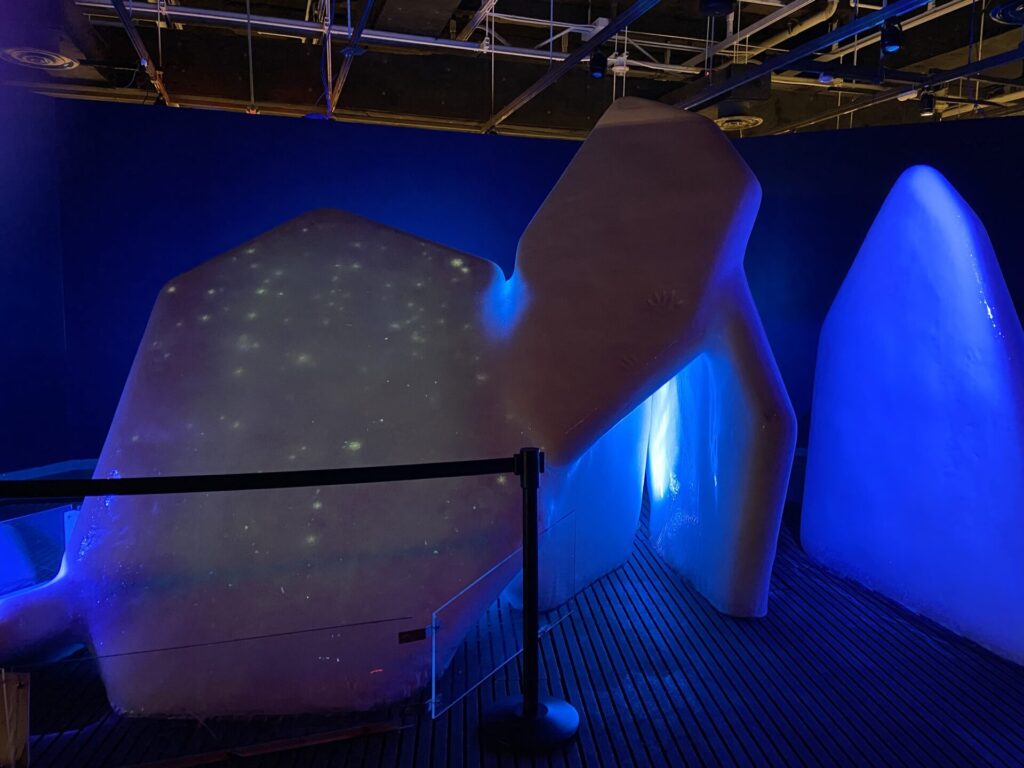
The Canada Goose Arctic Gallery is an immersive experience that allows you to see and feel what it’s like to be in the Arctic. Run your hand across giant slabs of real ice that look like icebergs, and try to leave a handprint. Peek through a window into the Arctic as you enjoy a multimedia experience where video plays across the frozen backdrop. The scenes in Beyond Ice will have you thinking differently about life in the North. Are you under the impression that the Arctic is cold, empty, and devoid of life?
The gallery dispels this perception, as you experience the diversity of the Arctic and learn about the plants, animals and people who inhabit this vast place. Each section of the exhibition has different artefacts, specimens, videos and even games. You can admire a mounted polar bear, seal, caribou and more.
A limestone cave
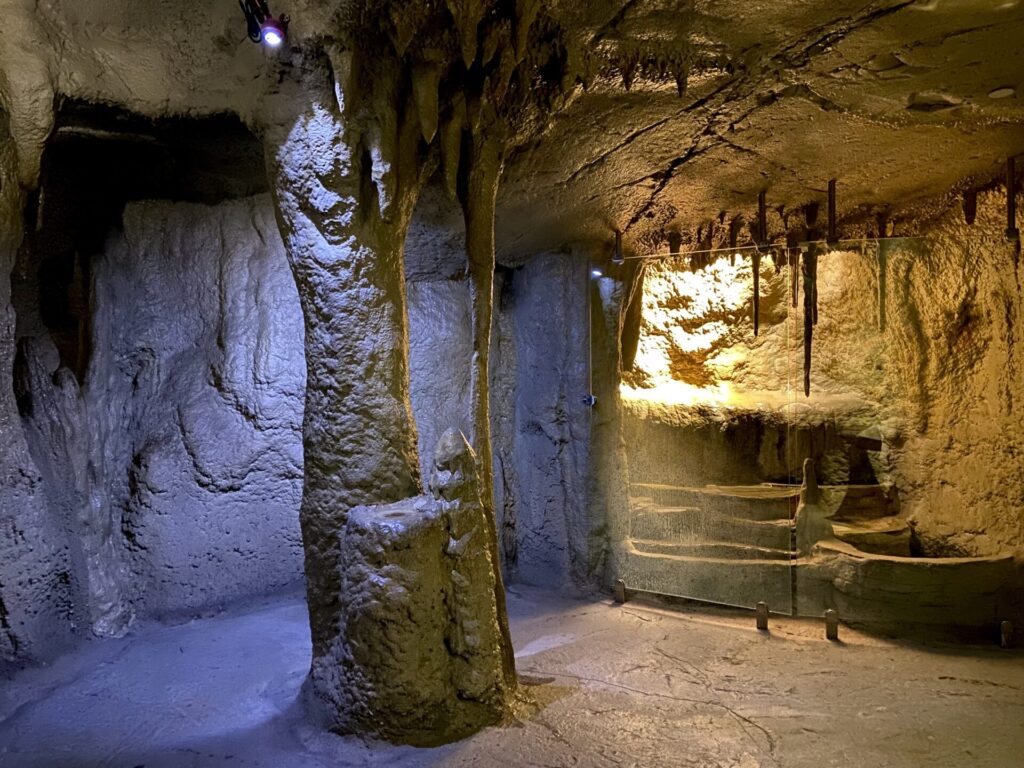
Admire the sparkling and colourful minerals on display in the Earth Gallery as you learn about different types of rocks and how geological forces have shaped our planet. Multiple interactive exhibits exist to explore and play with, including a realistic limestone cave. Walk past walls of sedimentary rocks into an open hollow and feel like you’ve just travelled underground. Look for unique cave features, including dripping water from stalactites, as in a natural cave. Can you also spot the hidden bats?
This gallery also displays a fragment of a real moon rock collected by the Apollo 17 mission team in 1972. The rock is about three billion years old.
Bison and wolves display
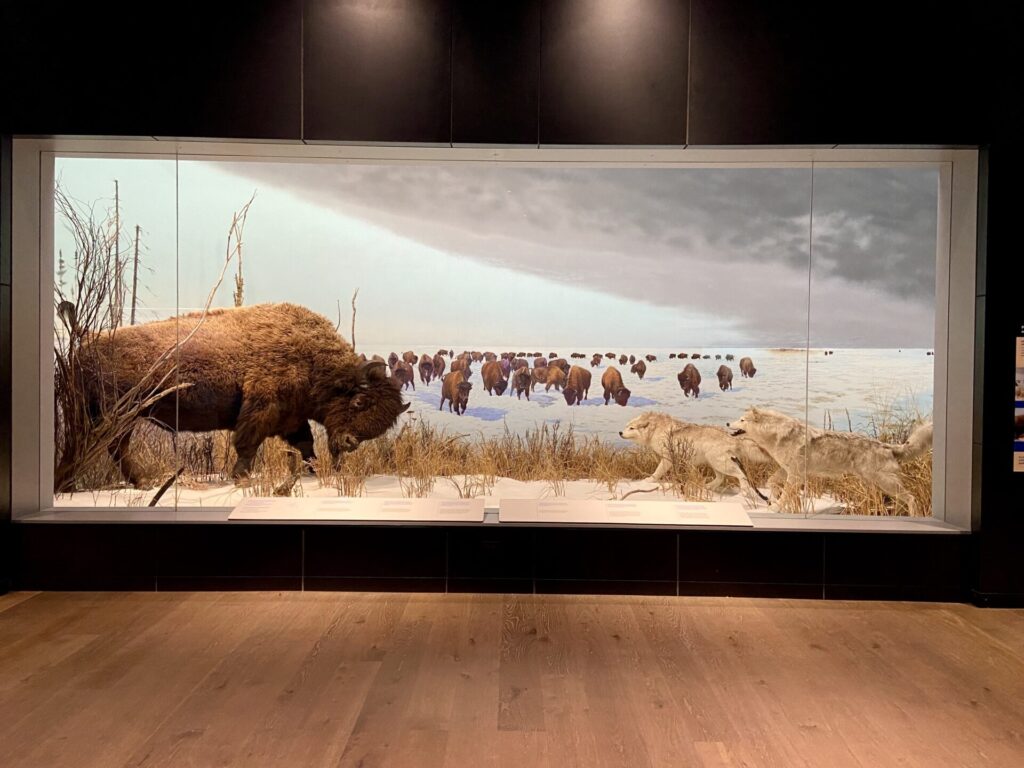
How close can you get to one of nature’s predator-and-prey standoffs? Without being in any danger or the prey yourself that is. One of the most striking dioramas in the Mammal Gallery is a pack of wolves approaching their bison prey as the bison stands firm before them, the herd nearby as support. Each diorama in the gallery represents an actual location in Canada; in this case, it portrays the Lake Claire marshes in Wood Buffalo National Park, Northwest Territories.
Clarence Tillenius, the artist who painted the backdrop along with seven other dioramas in the gallery, would travel to these remote locations, studying and painting the rugged environment for weeks at a time. He’d also collect rock and plant samples from the area and work alongside expert taxidermists who mounted and displayed the animals to create detailed and realistic scenes that authentically represent Canada’s vast wilderness. These types of dioramas are rare and priceless with only a handful of museums featuring them.
The Queens’ Lantern

Named after Queen Victoria and Queen Elizabeth II, the glass structure towering above the museum’s main entrance is a striking addition. Luminous glass panes surround the hanging moon sculpture within the tower and glow at night for a lantern effect — a favourite spot for Instagram photos.
This striking glass structure was unveiled in 2010, after the museum had gone almost a century without a tower since the original stone one had to be removed in 1916 due to unstable ground conditions. The new glass tower is aesthetically pleasing and houses a staircase so visitors can easily move between floors. The many panes of glass do not impose additional weight on the original masonry walls, as they hang from the roof and are held sturdy with steel columns. Take a moment to read the information panels lining the inside of the lantern, where you can read more about the building’s history.
Bring your Membership savings to the museum
CAA Members enjoy a discount of 15% on single admission tickets to the Canadian Museum of Nature as well as a discount on museum memberships.

